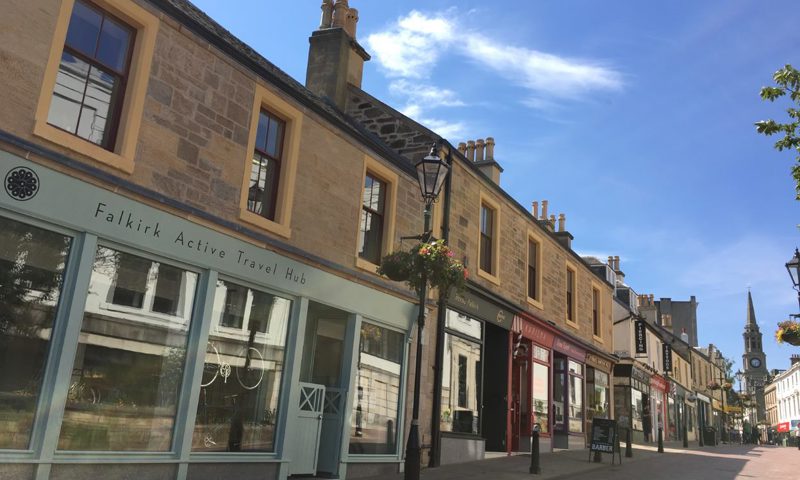1 Increase understanding of and engagement with Scotland's historic environment
The historic environment brings a range of benefits to people that have a real and positive impact on their lives. Through our grants we want to provide more people with more opportunities to engage with and learn about the historic environment, in person or digitally.
There are many ways in which your project could achieve this priority. This could be by providing volunteering opportunities or learning programmes; organising open days and events; or producing new interpretation media or educational resources. Your project may also be supporting communities to undertake their own research or recording to better understand and promote the significance of the historic environment. Alternatively, you may be undertaking research, such as an archaeological investigation, in order to increase and promote our collective understanding of the historic environment.
Recent research undertaken by HES shows that engagement with the historic environment can lead to a greater sense of wellbeing. If this is a specific objective of your project, you will use appropriate evaluation methods to measure people’s attitudes about their wellbeing after they have taken part in your project. Applicants should consider how to increase the diversity of people who are engaging with the historic environment through any grant-funded activities. This could be by involving new audiences and people of diverse social backgrounds, ethnicities, ages or abilities. Applicants are particularly encouraged to consider how their grant-aided activities can provide opportunities for young people.
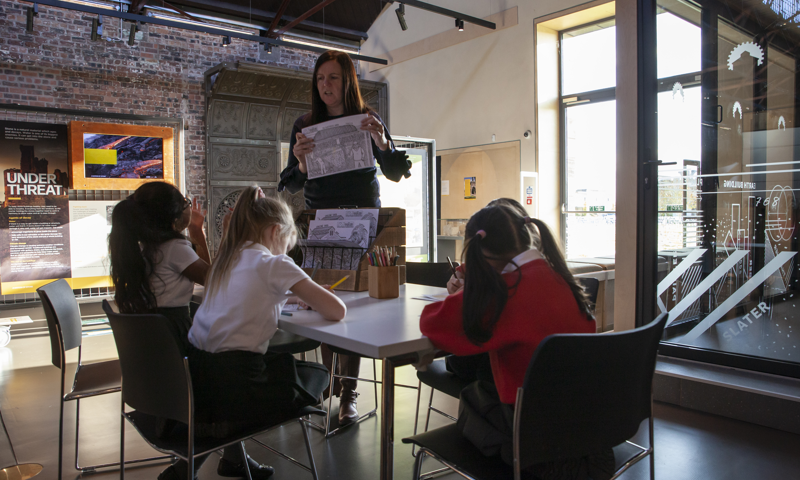
2 Enhance communities’ use of the historic environment in place making
Communities participate actively in decisions about their local historic environment, using their heritage to foster a strong sense of place and/or help their local town centres and areas recover from the disruption of COVID-19. HES grant funding will enable communities to prioritise investment in local historic environment assets, resulting in vibrant, sustainable and successful places.
There are many ways that your project could achieve this priority. For example, your community group or local business could be working to bring redundant historic buildings back into use to provide facilities for living, working, entertainment and recreation. You could also be working with communities to improve the way that other historic environment assets are used, accessed or presented, providing more opportunities for people to connect with local heritage and lead healthy and active lives.
Communities may also have increased capacity to look after and promote the historic environment. For example, through your project owners of historic sites may have developed new skills or knowledge relating to maintenance, or community groups may be in a stronger position to successfully manage historic environment assets as a result of training, mentoring, advice or the development of new resources.
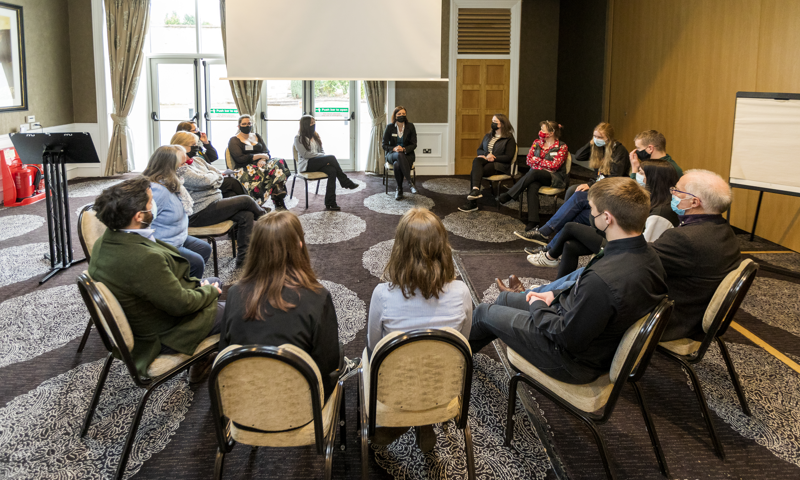
3 Strengthen the resilience of Scotland's historic environment
Historic environment assets are integral to Scotland’s places and communities, and it is important to enable their sustainable use and safeguard them for future generations. To achieve this priority your project will focus on conservation repairs or consolidation. This will ideally be achieved by comprehensive repair projects, and in some cases, through interim repair or protective measures which are essential to ensure the survival of at-risk heritage assets. Resilience of the historic environment may also be improved through minor adaptations to reduce the effects of climate change on historic fabric. Traditional (preferably local) materials will be used where possible and appropriate in grant-aided works, helping to secure the future availability of appropriate materials to maintain Scotland’s historic environment.
Where your project focuses on the intangible aspects of the historic environment – such as stories, traditions and skills – these will be recorded or passed on to new practitioners, helping to safeguard the significance of the historic environment for future generations.
Your project may also lead to better management of the historic environment in the future. This could be through the creation of management or maintenance plans; undertaking research or recording; or developing new technology, techniques or resources to improve our ability to look after the historic environment. Anyone in receipt of a repair grant over £25,000 will be required to produce a costed management and maintenance plan and commit to its delivery. This priority can also be achieved by improving the resilience of organisations responsible for looking after or promoting historic environment assets, where there is a strong case for how this will enable HES outcomes to be delivered in the longer term.
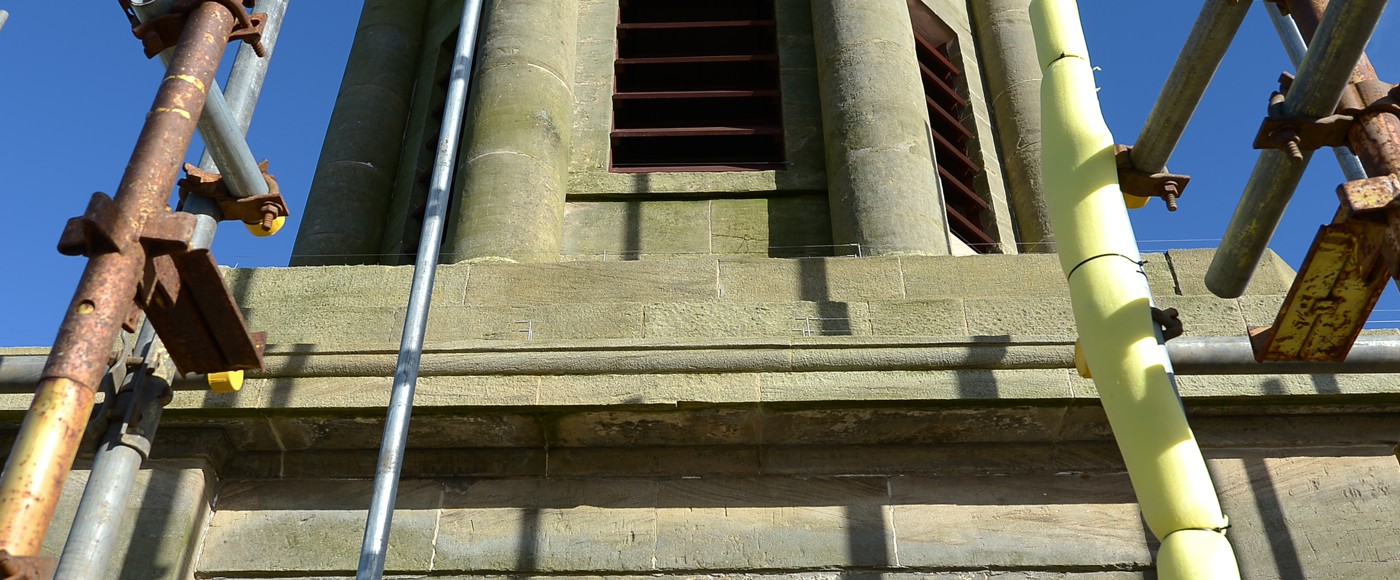
4 Use the historic environment as a catalyst for climate action
The historic environment can play a key role in tackling the climate emergency and help put Scotland on course to a green recovery.
There are a number of ways that your project may contribute to this priority. This may be by simply repairing a historic building and making it weather-resistant, maximising its energy efficiency and protecting it for future generations. Where there is a need for a building or structure to house community facilities or services, you may be making use of existing historic environment assets, minimising other carbon intensive outcomes like new construction. In doing so, you may also be helping to reduce the need to travel long distances, in turn promoting more sustainable communities. Your project may also include research or innovation with practical outcomes for increasing the energy efficiency of the historic environment or lessons from the past to help find contemporary solutions to climate change.
Grant-aided repairs will normally be undertaken using traditional materials (locally sourced or recycled where possible) and techniques, promoting a circular economy and reducing waste. Where appropriate, the energy efficiency of historic buildings may be increased through the reinstatement or retrofitting of sympathetic energy efficiency measures, to be outlined in our Guidance for Repair Grants. This will be as part of a comprehensive repair project where there is an opportunity to implement energy efficiency measures as part of other scheduled works. Where appropriate, you will also aim to reduce longer term energy use through the installation of low-energy systems (e.g. lighting and heating) and / or use of renewables. You will have considered how to minimise waste from construction and other grant-aided activities and from the longerterm use of your building or site.
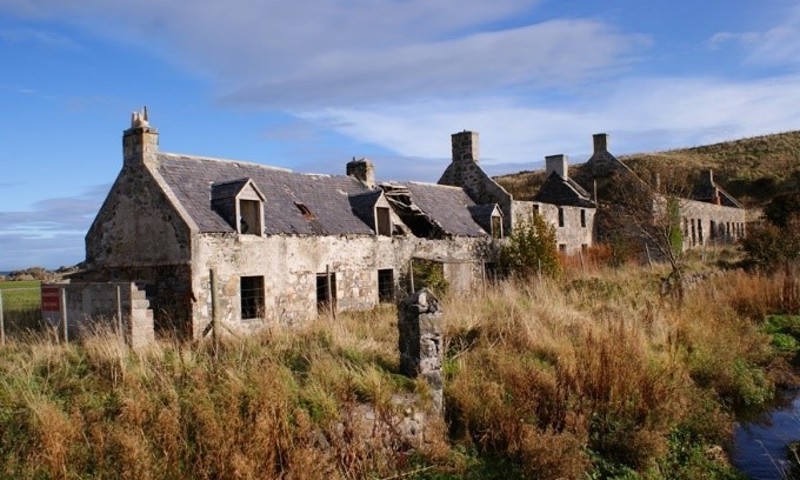
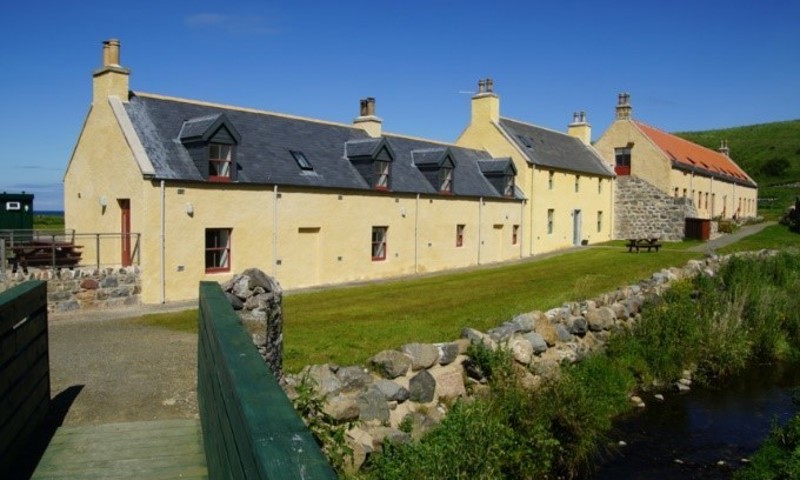
5 Increase the quality and availability of historic environment skills
Our grants have a crucial role to play in supporting skills development opportunities to ensure that Scotland’s historic environment can continue to be appropriately maintained, cared for and promoted for generations to come.
To achieve this priority, your project will use HES grant funding to help address key skills gaps in the historic environment sector, such as those identified in the Skills Investment Plan for Scotland’s Historic Environment, local skills audits or our Guidance for Skills Projects. This could be by delivering targeted skills development opportunities – such as apprenticeships, continuous professional development (CPD) or volunteer training – or building the capacity of your organisation to develop and deliver sustainable training opportunities. If you are undertaking a larger project with HES funding, it is expected that you will incorporate training opportunities where practical and give consideration to locally based individuals to address local skills shortages. If you are delivering training opportunities like apprenticeships, you will also have considered how your project can help to increase the diversity of the historic environment workforce and lead to positive employability outcomes, particularly for young people.
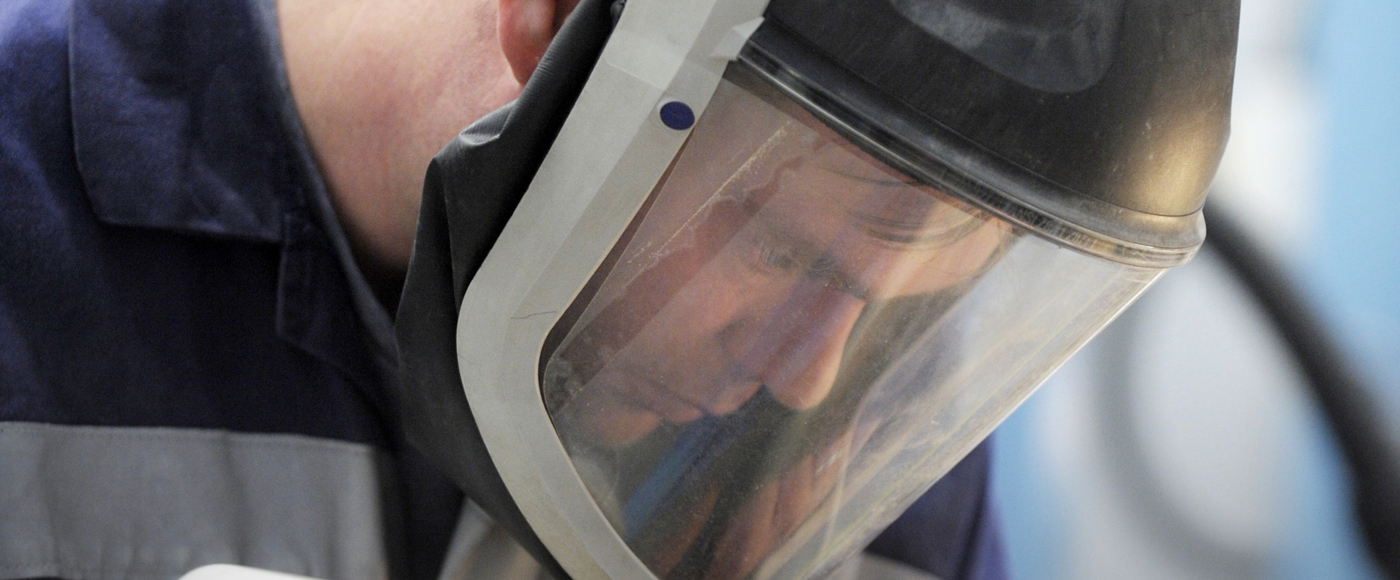
6 Increase economic benefits from the historic environment in a sustainable and inclusive way
Our grants make an important contribution to local economies by regenerating historic assets and areas, promoting tourism and leading to job creation.
To achieve this priority, your project will be able to show that local economies have been boosted as a result of our grant investment. This could be by bringing vacant historic buildings back into productive use, helping to encourage enterprise in the area, or by creating new jobs to staff a repaired historic site or as part of the supply chain for a grant-aided project. On a wider level, your project may be generating increased income for local businesses by attracting new visitors or users to the area. You will also be able to demonstrate that HES funding has leveraged additional investment in the historic environment, multiplying the impact of our grant.
You will be able to demonstrate that the benefits generated by your project will be sustainable and inclusive. For example, you must provide evidence in your grant application confirming the actions you will take to adopt/demonstrate a commitment to equalities and the Scottish Government’s Fair Work First principles. You will also have considered how to maximise benefits for local communities and manage the impacts of changes such as increased tourism.
